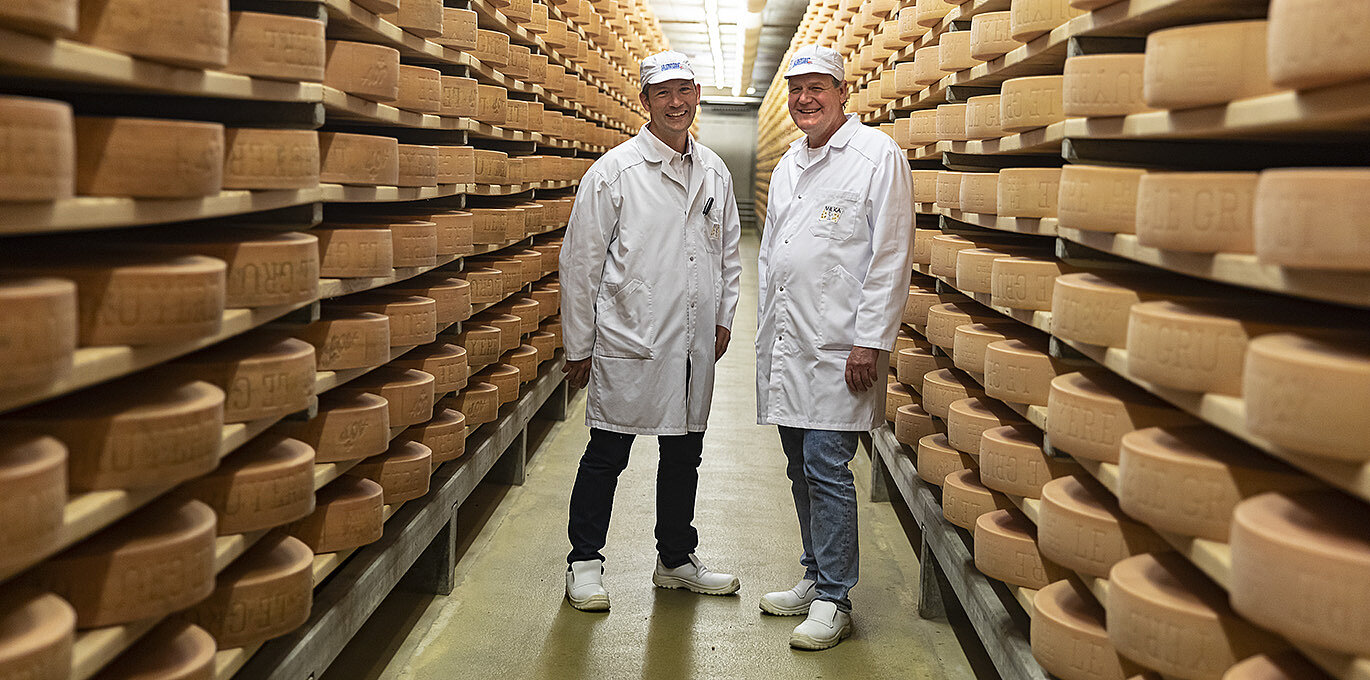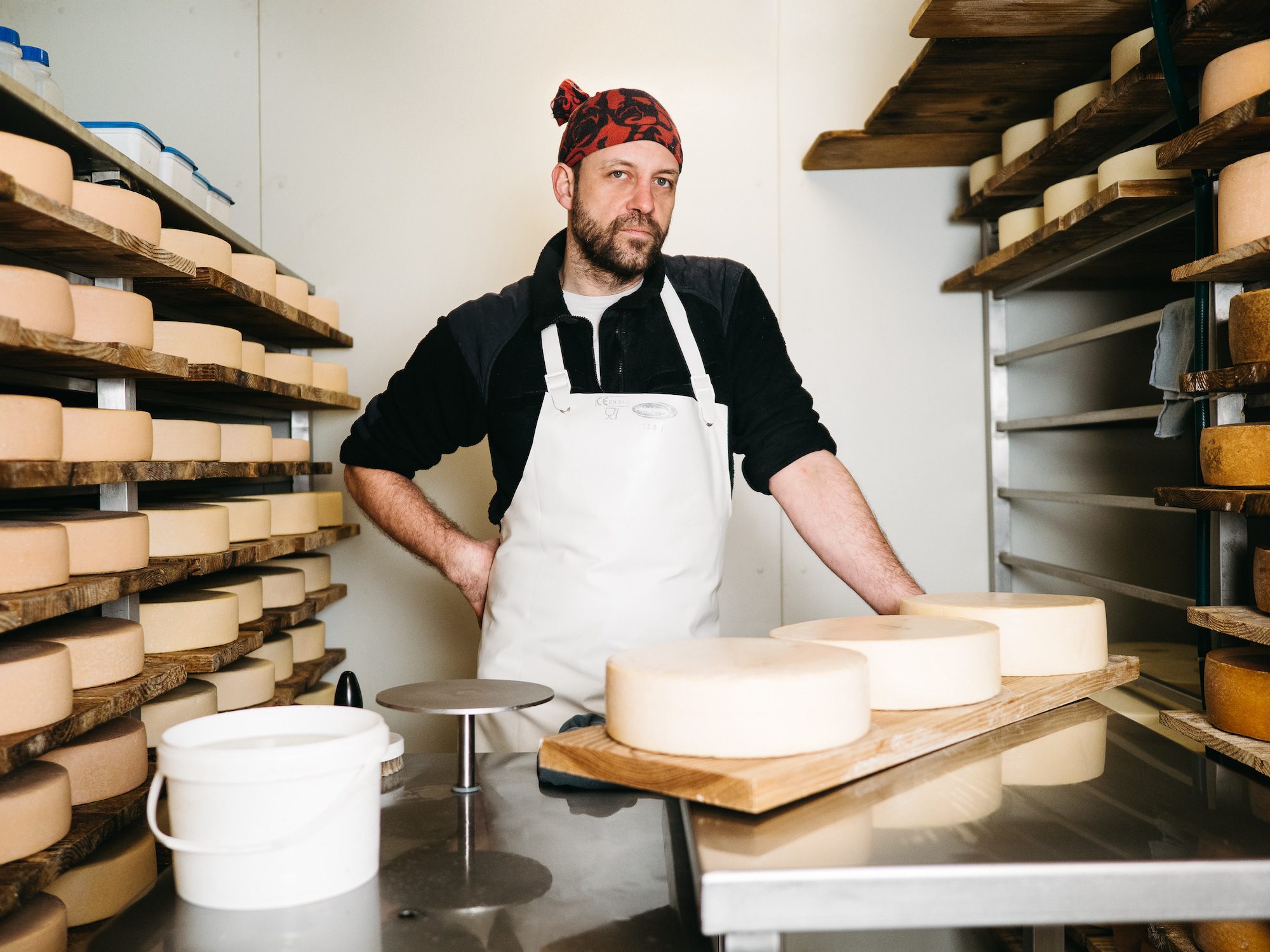From Thomastown to Your Table: The Quality of Floridia Cheese Melbourne
From Thomastown to Your Table: The Quality of Floridia Cheese Melbourne
Blog Article
Unlocking the Tricks of Artisanal Cheese Making: A Step-by-Step Do It Yourself Guide
In the world of cooking craftsmanship, artisanal cheese making stands as a testimony to the delicate equilibrium in between custom and advancement. As we embark on this trip to debunk the art of developing beautiful cheeses, we are faced with a tapestry of keys and abilities waiting to be deciphered.
Selecting the Right Milk
When starting the trip of artisanal cheese making, the choice of milk plays a crucial role in identifying the quality and features of the end product. The type of milk picked impacts the flavor, structure, and overall account of celebrity. Raw milk, directly from the pet, is chosen by numerous artisanal cheesemakers due to its unique mix of enzymes, microorganisms, and taste substances. Making use of raw milk comes with guidelines and dangers, making sterilized milk a much safer choice for beginners.
When selecting milk for cheese production, it is crucial to consider the fat content. Higher fat content in milk can result in a creamier and richer cheese, while reduced fat material might lead to a drier and stronger structure. Furthermore, the resource of the milk, whether from cows, goats, sheep, or buffalo, contributes distinctive tastes and attributes to the cheese (Floridia Cheese Thomastown). Each type of milk brings its own subtleties, permitting a wide variety of cheese varieties to be crafted based upon the selected milk. Ultimately, the selection of milk is a fundamental choice that sets the foundation for an effective artisanal cheese-making endeavor.
Culturing and Coagulating
To launch the cheese-making process, the crucial actions of culturing and coagulating have to be meticulously carried out to transform milk right into curds and whey. Culturing entails introducing advantageous bacteria to the milk, which then starts the fermentation process. These germs convert lactose (milk sugar) into lactic acid, developing the acidic atmosphere needed for coagulation. The kind of society made use of can substantially impact the flavor, appearance, and ripening of the last cheese product.

The timing and temperature level control throughout culturing and coagulation are important elements that affect the last result of the cheese. Proper execution of these actions is vital to ensure the desired texture, flavor, and consistency of the artisanal cheese being produced.
Draining and Pushing Curds
After the milk proteins have actually coagulated and the curds have been cut to launch whey, the following critical step in artisanal cheese making involves draining pipes and pressing the curds to achieve the wanted texture and uniformity of the final cheese product. Draining is the process of separating the curds from the whey. This can be done by transferring the curds into a cheesecloth-lined colander or mold and enabling the whey to drain off naturally. The moment for draining can vary depending upon the kind of cheese being made and the wanted dampness material.
Once the curds have sufficiently drained pipes, the next step is pressing. Pushing assists eliminate any kind of staying whey and compacts the curds to develop a strong cheese wheel. Pressing can be done using investigate this site specialized cheese presses that use regular and gentle pressure over a time period. The period and pressure applied during pushing will certainly affect the final texture of the cheese, from soft and creamy to difficult and company. Correct draining and pushing are crucial actions that significantly impact here are the findings the high quality and characteristics of the artisanal cheese being generated.
Aging and Flavoring Strategies
Executing thorough aging and flavoring techniques is critical in boosting the deepness and complexity of artisanal cheeses, elevating their preference profiles to beautiful levels of improvement and elegance. Aging plays an essential duty in developing the special tastes and appearances that identify artisanal cheeses. Throughout the aging process, cheeses are kept in thoroughly managed environments where aspects such as air movement, moisture, and temperature level are manipulated to encourage the growth of valuable molds and germs. This controlled environment enables the cheese to grow slowly, creating abundant tastes and complex fragrances.
Seasoning strategies also contribute significantly to the last preference of artisanal cheeses. Cheesemakers may select to introduce additional tastes by including ingredients such as natural herbs, spices, or even fruits right into the cheese during the production procedure. In addition, some cheeses are washed or massaged with different liquids, such as salt water or alcohol, to enhance their flavors and structures.
Covering and Keeping Cheeses

Conclusion
In final thought, mastering the art of artisanal cheese making entails carefully selecting the appropriate milk, adhering to accurate culturing and coagulating processes, draining and pressing curds effectively, and utilizing different aging and flavor techniques. Keep in mind to wrap and keep your cheeses effectively to guarantee optimal taste and appearance growth.
Each kind of milk brings its own nuances, allowing for a vast variety of cheese varieties to be crafted based on the selected milk.After the milk healthy proteins have actually coagulated and the curds have actually been reduced to launch whey, the next essential step in artisanal cheese making involves draining pipes and pressing the curds to attain the preferred texture and uniformity of the last cheese product. Most cheeses should be covered in wax paper or cheese paper to allow them to breathe while safeguarding them from drying out. For cheeses that require to proceed aging, such as bloomy rinds or washed rinds, ensure they are stored in an amazing atmosphere like a cheese cave or a fridge established to the suitable temperature level. By paying focus to the wrapping and storage space of artisanal cheeses, cheese manufacturers and enthusiasts can preserve the honesty of these specials and totally appreciate their complicated tastes.
Report this page